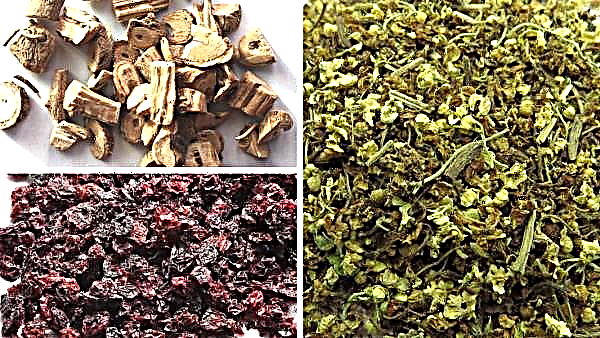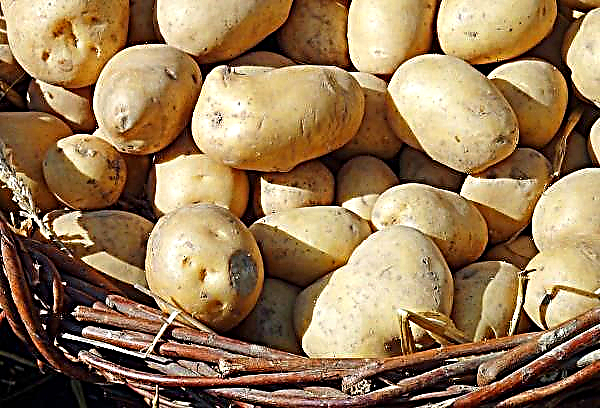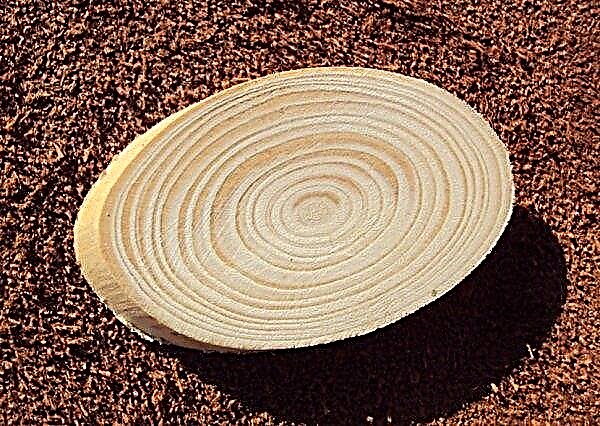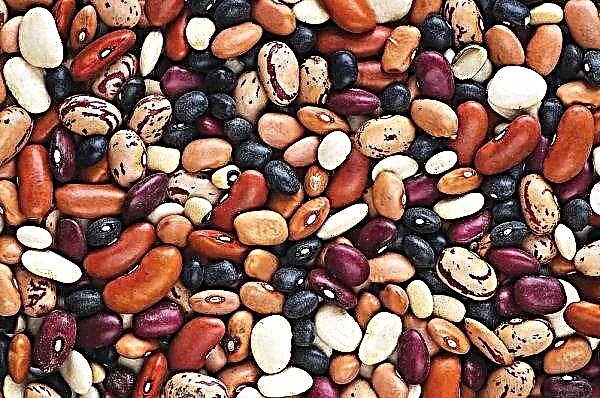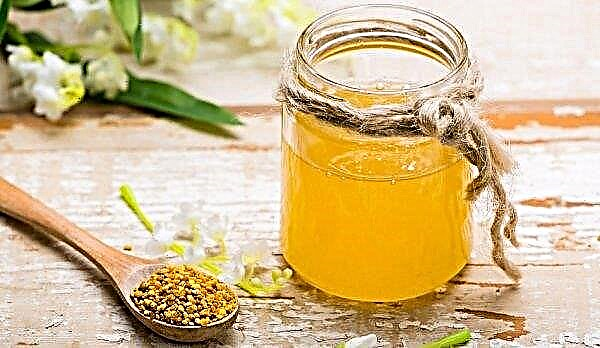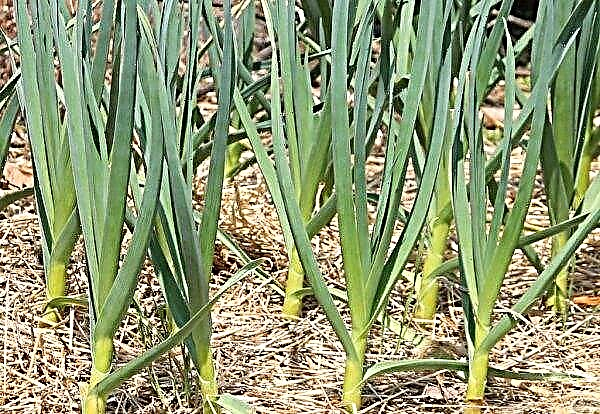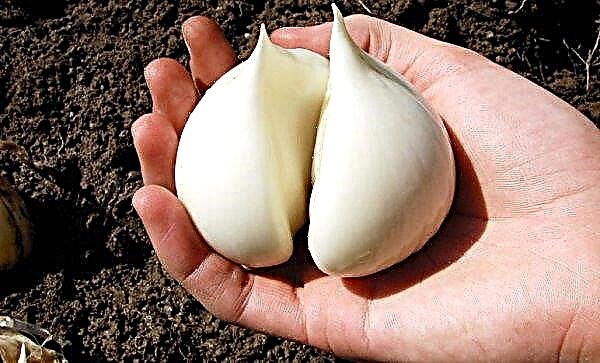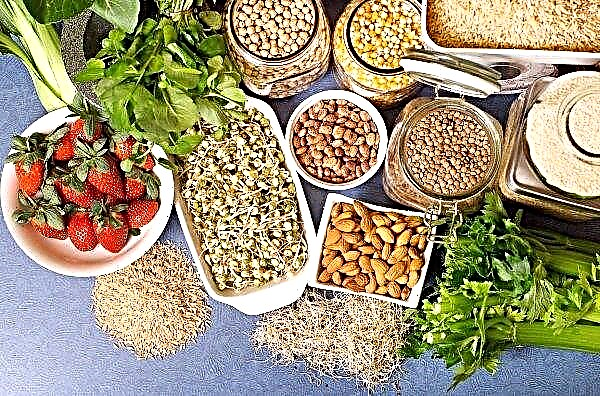If the leaves turn yellow and fall on the orchid, it is important to understand why this happens and take action in time. The yellowed lower leaves are part of the natural development cycle when older ones are yellowed and gradually fade. If the leaves turn yellow at the top of the flower, then this is a sign of a problem.
Orchid Care at Home
In nature, there are about 30,000 species of orchids and many hybrids. However, far fewer varieties are grown at home. Knowing the orchid variety will help to organize the right development conditions for it.
Phalaenopsis, also called the moth orchid, is most commonly found on sale. It is very easy to identify it by 3–6 identical leaves of a dark green color, between which stands a stem with 3–15 flowers. The length of the stem is 30–45 cm. Its root system is adapted to receive nutrients from the air. Under natural conditions, epiphytes, which include phalaenopsis, use a support plant for growth. They do not interact with the support, but simply rely on it.
For a normal existence, phalaenopsis will need:
- a glass or plastic transparent pot filled with a mixture of bark and moss, which will provide it with an environment close to natural;
- the pot should be only 3-5 cm more than the mass of the root;
- bulk material in the pot that does not retain moisture and passes air well;
- organization of proper lighting, humidity, temperature and air circulation.
Watering is necessary only when the soil has dried out and, by digging your fingers into the soil, you do not feel moisture. Before fertilizing the soil must be watered. And the fertilizers themselves are applied only during the flowering period.
The second popular variety is the dendrobium. An orchid has a trunk on which clusters of flowers are arranged, alternating with leaves. At the dendrobium, they are narrow and extend from the sides of the stem. The plant needs to provide a moderately warm, moist and airy habitat, weekly watering and enough sunshine. In nature, the dendrobium grows on stones and rocks and will not mind if you organize cultivation for it based on a rock mass.Did you know? Orchids come in a variety of sizes: from tiny, like a penny, to gigantic. Pseudobulbs of the species Grammatophyllum speciosum reach a size of 2.5 m.

Why do orchids turn yellow leaves and what to do
Among the factors that cause discoloration of the leaves:
- sunburn;
- low or high temperatures;
- illnesses;
- pests.
Natural causes
If the yellowed leaf is located at the bottom of the stem, then this is a natural process. New leaves grow on the orchid, and because of this growth, older ones die off over time. Stress, such as a transplant, causes the plant to drop a leaf or two. This is completely normal and not a concern. Over a year, a plant can lose a few leaves this way. An orchid grown in a greenhouse may also respond to a change in humidity after you bring it home.

Incorrect content
If several leaves turn yellow at the same time, and this is the top, or they were first covered with spots, then your flower is sick.
Three main reasons why the leaves began to turn yellow:
- The sun - direct hit of rays on the plant.
- Microclimate - any temperature mismatch with optimal performance. Make sure that the temperature around your flower is around +21 ... + 26 ° C.
- Check the roots. Excess moisture will cause root rot, which will lead to yellowing of the foliage.
Did you know? Orchid Platystele jungermannioides is considered the smallest orchid in the world. Her flower is only 2 mm.
Violation of optimal conditions
The air temperature in the room and the temperature near the pot may vary, especially if it is standing on the window. The sun's rays heat the air and the orchid may be too hot. At temperatures above + 28 ° C, the calcium transport process is disrupted, as a result of which the foliage dies. To fix the problem, install the flower in a different place or use the blinds to shade.
Strong sun and high air temperature cause the decomposition of chlorophyll. Damage appears as pale, bleached, or faded areas. Over time, the leaves become fragile, acquire a brown color and fall off. The treatment consists in positioning the orchid away from direct sunlight.
Separately, it is worth noting the effect of chemicals on plants. If the room is being renovated, the smell of paint, alcohols and drafts during ventilation can also cause yellowness.
Excessive or Inadequate Watering
Inadequate watering causes drought. For survival, the plant discards part of the leaves. During flowering, it can also dump flowers and shorten flowering time due to lack of moisture.
Epiphytes necessarily need air circulation around the roots. If, due to an excess of moisture, they do not gain access to air, then they begin to decay, and the result is yellow leaves. But this is easy to see by the state of the pot, substrate and root system. If the roots become soft and brown - this is a sign of putrefactive decomposition.
Important! Tap water is often treated with chlorine, so it should be used with caution. Rain water dissolves suspended in the air, including metal salts, organic matter. This enriched water is the best for orchid nutrition.
Sunburn leaf
Leaves turning white are often the first and sometimes the only sign of leaf sunburn. In greenhouses, plants are exposed to a large amount of filtered sunlight, so they withstand these light wavelengths perfectly. But on the windows they are not protected and not ready for an additional amount of ultraviolet rays. The outer layer of cells burns out, leading to discoloration.
Errors during feeding
Excessive fertilization also results in yellowing. An excess of phosphorus appears as yellow spots on the surface of the leaf plate, and an excess of potassium - in the form of a very light shade of the plate as a whole and falling off.
Video: The main causes of yellowing leaves in orchids
It is easy to fix the problem: you just need to water abundantly, thus washing off the excess fertilizer. If the plant feels good and the flowering orchid has no visible problems, just apply half the dose of fertilizer recommended on the package.
Inappropriate pot size
If the pot is large, and the orchid has few roots, then they will not have time to use all the water that gets into the tank during watering. Stagnant water will cause decay, so the diameter of the pot should not exceed the size of the root ball by more than 5 cm.
Important! Even if you take care of proper watering, finding yourself in a large pot, the orchid will actively engage in root cultivation and “forget” about flowering for many months.
Pests and diseases
Leaves turn yellow due to pests. Juice insects may be responsible for yellowness. Their toxic saliva causes the appearance of round yellow spots of different sizes. Most pests prefer to live on the underside of the leaf, and some are too small to be noticeable, so you may not notice the pests, but be sure to find signs of their activity. After seeing signs of infection, treat the orchid with a soapy solution. It will be good if you have an insecticidal soap for these purposes. Processing is carried out with a sponge moistened in solution. With it, you will remove some of the insects and sticky plaque on which fungi and bacteria develop. If the degree of infection is very high, use insecticides. Especially carefully treat the area at the base of the leaves, the middle base and all the folds. Leaf sinuses are a safe haven for pests. Repeat treatment every 3 days for a week.
After seeing signs of infection, treat the orchid with a soapy solution. It will be good if you have an insecticidal soap for these purposes. Processing is carried out with a sponge moistened in solution. With it, you will remove some of the insects and sticky plaque on which fungi and bacteria develop. If the degree of infection is very high, use insecticides. Especially carefully treat the area at the base of the leaves, the middle base and all the folds. Leaf sinuses are a safe haven for pests. Repeat treatment every 3 days for a week.
Did you know? The size of an orchid is always dependent on its habitat, therefore, it is possible to distinguish specimens that can grow in a dry climate by leaves. They will be thick, as if covered with wax. The foliage of representatives of a humid climate is thin and has an elongated shape.
How to prevent yellowing of leaves
The organization of proper orchid care will help prevent yellowing.
It:
- good lighting, but without direct sunlight;
- temperature that does not fall below +15 ° C and does not rise above +28 ° C;
- organization of additional ventilation to prevent stagnation of moist or hot air;
- maintaining normal humidity (55–75%);
- the presence in the pot of a loose, porous substrate that removes water well and is permeable to air;
- watering when the soil has dried out by 3-4 cm;
- making half the required dose of fertilizer if the plant is healthy and blooms well.

Useful tips for growing orchids
Orchids are very beautiful flowers that require close attention, but in general they are stable enough to recover if you correct mistakes in their content. Provide them with a moderately warm and humid environment to help prosper. Make sure you water properly and provide the right lighting for the plants.
Also, it is worth considering the following recommendations:
- never use ordinary soil for planting orchids;
- do not allow water to enter the leaves or between them, as this can cause rot, from which the flower will die;
- feed the orchid during flowering with a monthly balanced fertilizer that contains nitrogen, phosphorus and potassium in equal proportions;
- Do not use alcoholic solutions for insect repellent, they can damage the leaves.
If the leaves turn yellow and dry on the orchid, then:Did you know? In Singapore, you can visit a special park of orchids, in which more than 60 thousand species of these plants grow.
- Increase room humidity. Carefully remove dry leaves with sharp, sterile scissors. If the stem has dried, it is cut off just above the base. Brown tips are also a sign of dryness.
- Move the orchid to a less sunny place. This will help if yellowness is a sign of sunburn or heat shock.

